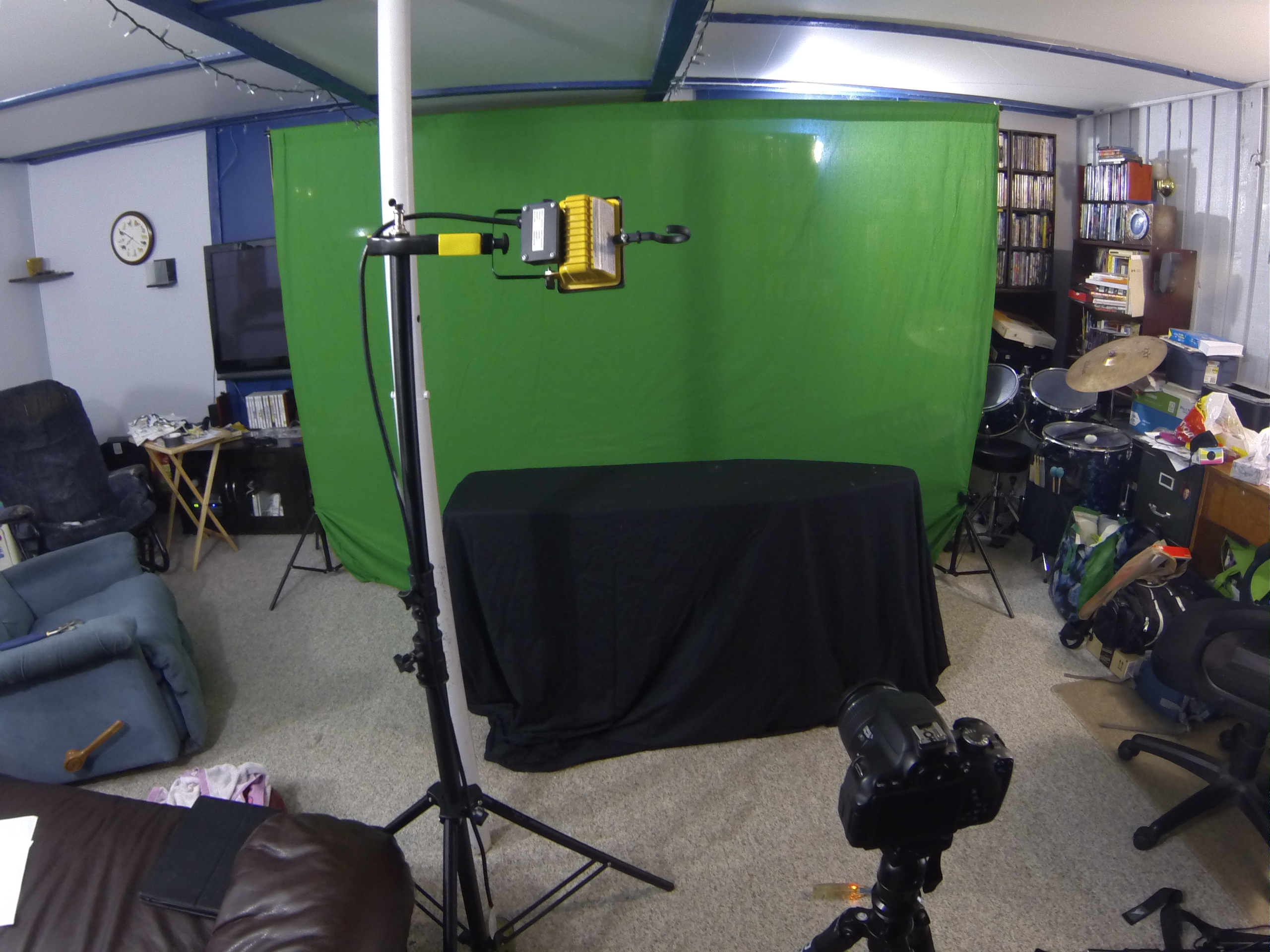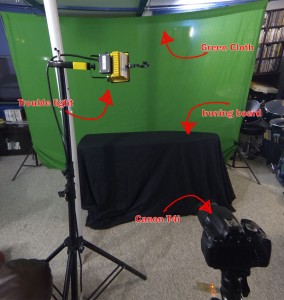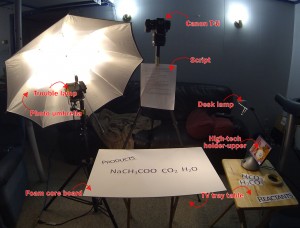Media: Video
Uses: Updates from the classroom, professional reflection, flipped classroom, etc.
Examples:
How:
The most important part of filming something similar to the one I’ve made here is light. You can see parts of the video where my lack of proper lighting got me in trouble:
- First, at about 1:40, where I lift the board up, the shadow of the board makes the background look very dark. Ideally, I would have had a second light coming from the other side to balance this out.
- Second, the explanation part required so much manipulation in post-production to brighten the foam core that my hands look unnatural. A better light source, like a bank light (DIY version for the bold) would get rid of hotspots.
The second most important is sound. For the first part of the video, I used a Blue Snowball mic to record, and for the explanation part, I was actually close enough to the camera to get away with no extra microphone. Make sure your sound is clear!
For editing, I use Adobe Premiere Pro, but you can use whatever you’re most comfortable with. If you don’t have a preferred editor, and you don’t want to shell out for Premiere, you can check out HitFilm Express, a free editor and compositor (for if you want to use green screens).
Why: For media-rich content, nothing beats video – take the science experiment example above. You could certainly take photos of it, but it wouldn’t demonstrate as clearly the reaction as it happens. While other vlogs feature more personal musings, it’s the personality of the presenter that draws in viewers. Certainly, both could be used by classroom teachers to make videos either of themselves explaining concepts covered in class in ways that aren’t possible in the classroom, or to make videos of students talking about course concepts/doing presentations/etc. for an audience beyond the classroom.
Notes:
- There are two types of vlogs, generally: simple talking head videos where the camera is framed on a person’s head and shoulders as they talk and give updates (example); and more complex videos like the one I created above.
![]()


